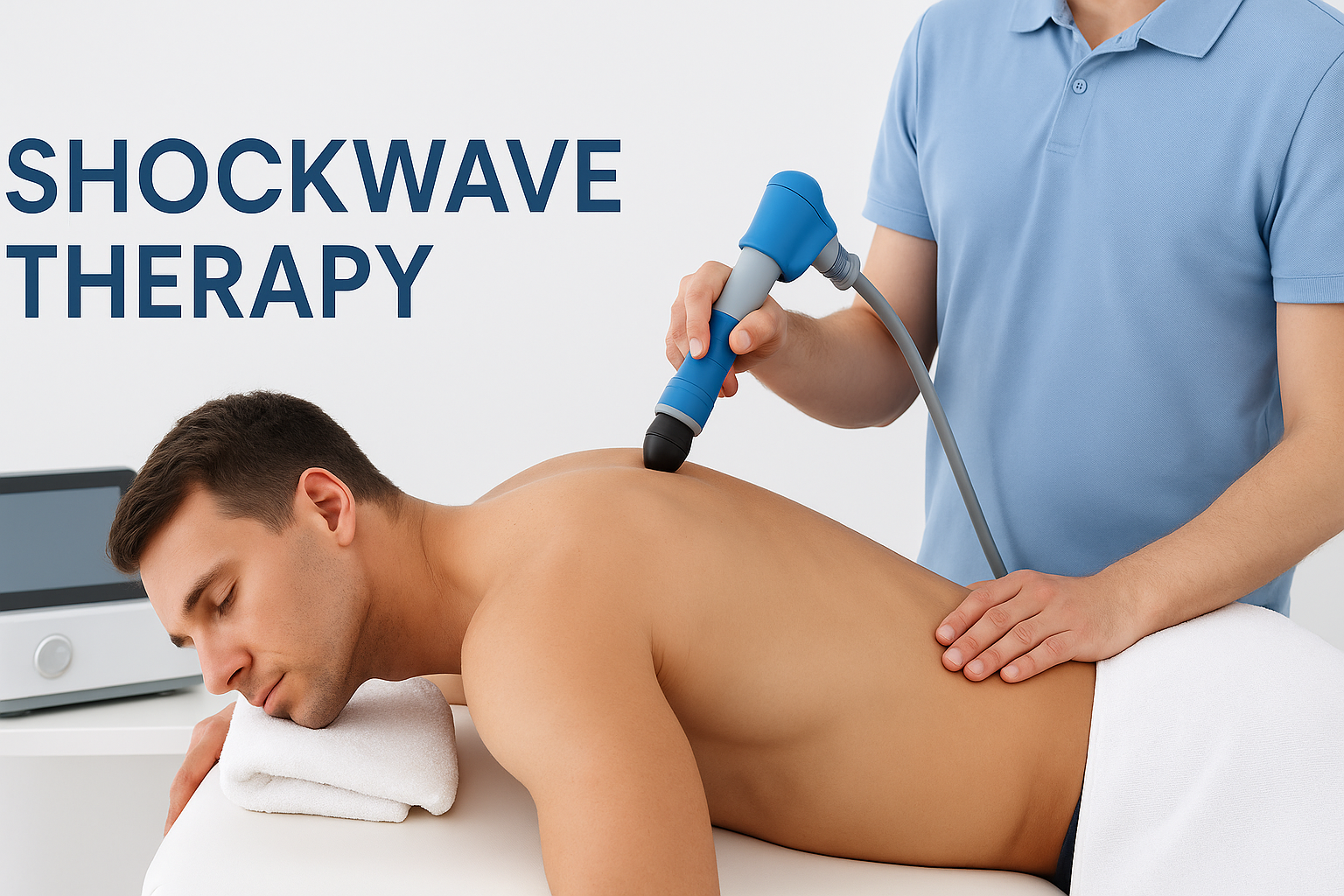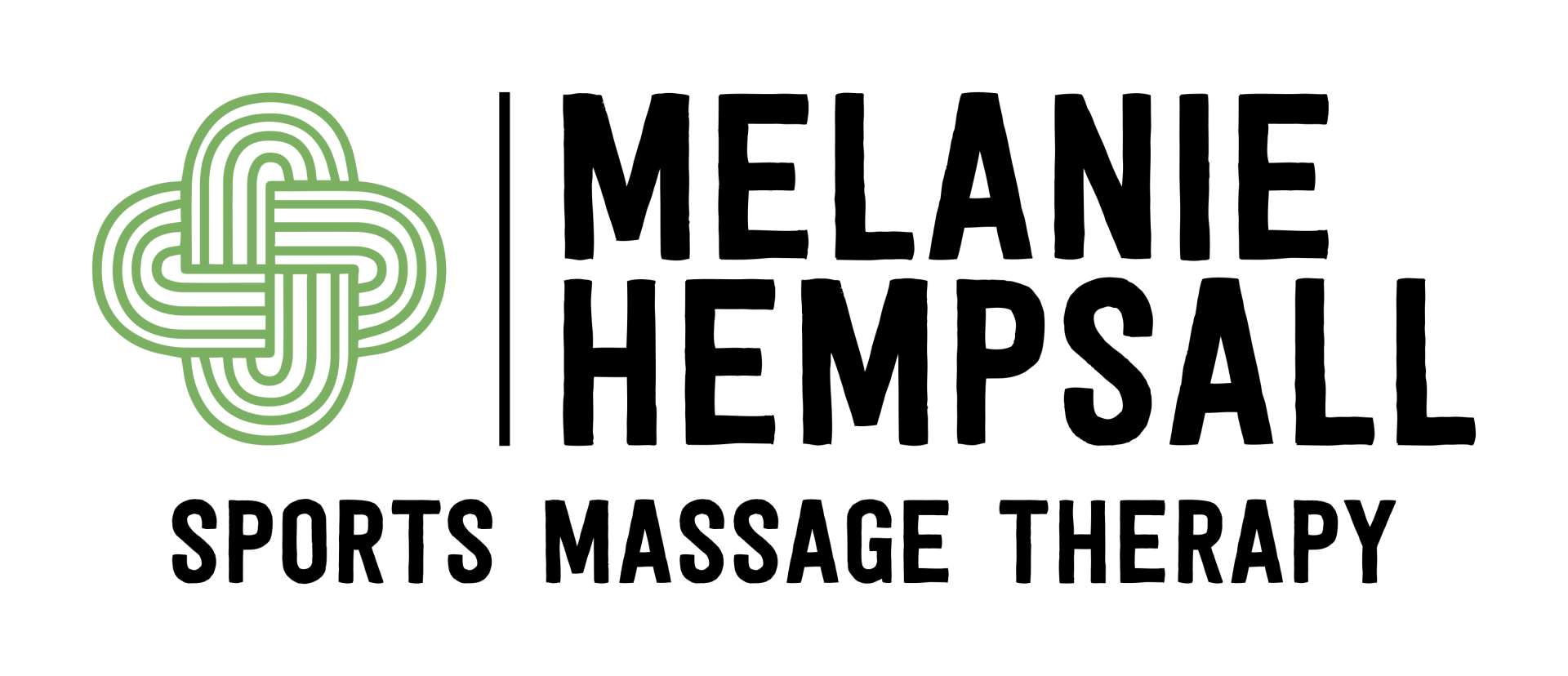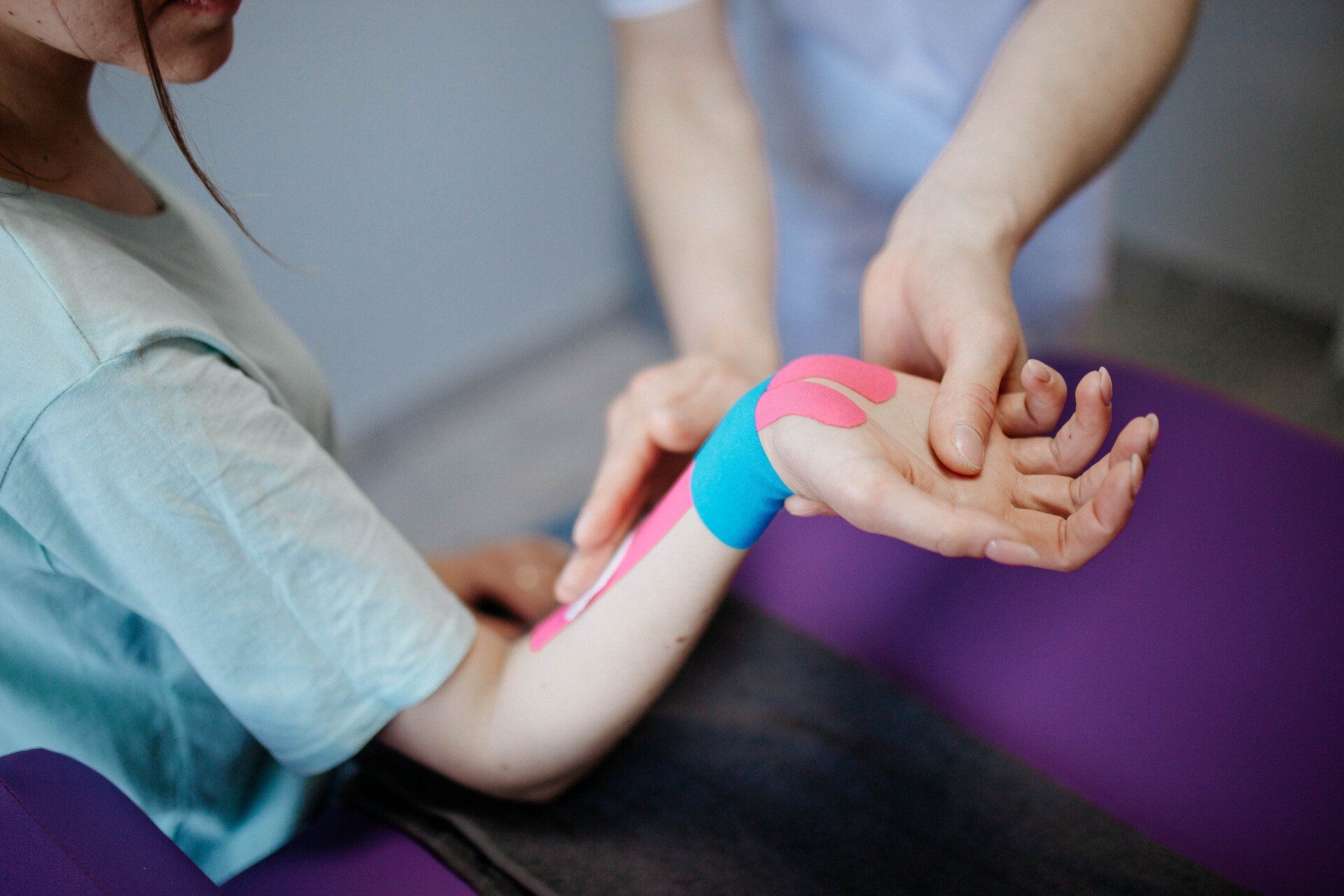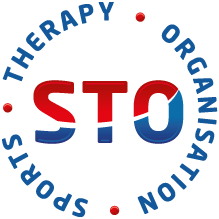By site-Yp40Dg
•
June 11, 2025
Powerful Pain Relief & Recovery for Stubborn Injuries At Melanie Hempsall Sports Massage Therapy, we’re always looking for the most effective ways to help you recover faster, move better, and stay pain-free. That’s why we’re excited to offer Shockwave Therapy —a game-changer for chronic pain and stubborn soft tissue injuries. Whether you’ve been dealing with a long-standing tendon issue or a recurring sports injury, shockwave therapy can help you get back on track when rest, rehab, and massage alone aren’t enough. 💥What Is Shockwave Therapy? Shockwave therapy (also known as extracorporeal shockwave therapy or ESWT ) uses acoustic sound waves to stimulate the body’s natural healing process. It’s not electric, and it doesn’t deliver shocks in the way a TENS machine does. Instead, it sends high-energy sound pulses deep into the tissue, which helps: Increase blood flow Break down scar tissue Stimulate collagen production Reduce pain Accelerate healing It’s especially helpful when healing has stalled and the body needs a "nudge" to restart the repair process. 🦵What Conditions Can It Help? Shockwave therapy is particularly effective for chronic soft tissue conditions , especially around tendons and joints. Common conditions include: ✅Lower Body Plantar fasciitis (heel pain) Achilles tendinopathy Patellar tendinopathy (jumper’s knee) Hamstring tendinopathy Shin splints ✅Upper Body Shoulder tendinopathy (especially supraspinatus or calcific tendonitis) Tennis elbow / golfer’s elbow Rotator cuff issues Biceps tendon irritation ✅Other Conditions Scar tissue / fascial restrictions Hip bursitis Chronic trigger points 🧪How Does It Work? Here’s what happens when you have a shockwave treatment: A small handheld device delivers targeted sound waves to the injured area. These pulses stimulate blood flow , improve cell regeneration, and break down calcified or fibrotic tissue . The body responds by kickstarting a healing response —like a natural reset button. Most people feel the difference within 3–6 sessions , and in many cases, pain levels drop significantly in that time. ❓Shockwave Therapy Q&A Is it painful? You might feel some discomfort during treatment, especially over areas of chronic pain or tightness. Most people describe it as a deep, pulsing ache—but it’s brief and tolerable. Intensity can be adjusted to suit your comfort. How many sessions will I need? It depends on the condition, but most clients benefit from 3–6 weekly sessions . Some chronic conditions may need slightly more. Can I have massage as well? Absolutely. In many cases, we combine shockwave therapy with sports or deep tissue massage to support recovery, reduce tension, and improve movement. Is there any downtime? Very little. You may feel some tenderness for 24–48 hours post-treatment, but you can usually continue with your normal routine. Avoid heavy exercise on the treated area for a day or two. Is it safe? Yes—shockwave therapy is clinically proven, non-invasive, and used worldwide by physiotherapists, sports therapists, and medical professionals. It has minimal side effects and no medication is needed. 👋Ready to Try Shockwave Therapy? If you’ve been struggling with an injury that just won’t shift, shockwave therapy could be the breakthrough you need. We offer: Free consultation to assess suitability Tailored treatment plans combining hands-on therapy and shockwave Ongoing support to keep you pain-free and performing at your best





